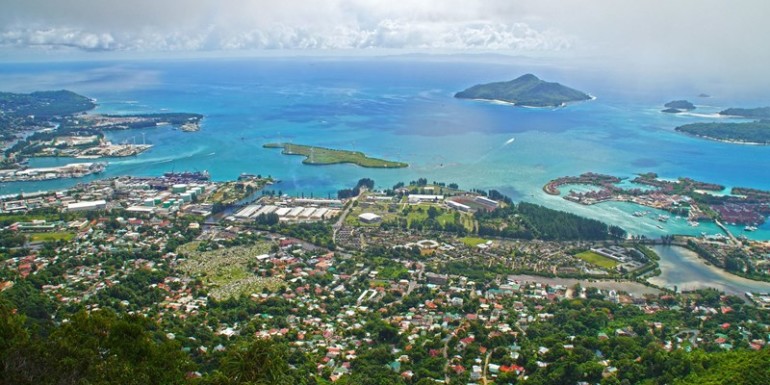Sponsored Listings:
The Seychelles will conduct a feasibility study on the impact of tourism, scheduled to take place during the second half of this year, ahead of the 2020 deadline of the moratorium for the construction of large hotel projects.
The moratorium prohibiting construction of large hotel projects was announced by former President, James Michel in June 2015. In 2017, during his State of the Nation Address, President Danny Faure said the government had decided to extend the moratorium until the end of 2020. Large hotels are defined as those having 25 rooms or more.
Seychelles News Agency (SNA) reported Didier Dogley, Minister of Tourism, Civil Aviation, Ports and Marine, as saying: “The study will give a clear picture on the state of tourism development in the country, and how we can maintain a balance between sustainable tourism and economic growth.”
The Central Bank of Seychelles recorded $520 million in earnings from tourism between January and early December 2018.
Last year, 361 844 tourists arrived in the Seychelles, up from 349 861 recorded in 2017.
National Bureau of Statistics numbers for the start of this year show a 20% increase in visitor arrivals when compared with the same period the previous year. In January, 29 463 visitors were recorded, up from 24 543 for the same period the previous year. Germany remains Seychelles’ main source market with 7 833 tourists recorded, followed by France.
Despite the increase in tourist arrivals over the past five years, Dogley said the figures were manageable for the island’s population of 95 000.
“We have not reached half a million tourists per year, so I think so far the figures are manageable. However the country needs to be mindful of the impact that mass tourism can have on a small island state like Seychelles, such as on its environment, if we are to increase this number,” he added.
Seychelles is made up of 115 islands in the western Indian Ocean, with a current bed capacity of 6 000, of which 63% are owned by locals.
According to Dogley, the feasibility study will look at the type of hotels the country needs, as well as the locations, to avoid having too many tourism establishments in one area.
“There could be a lot of three-star hotels but the earnings generated from that may not correspond to the country’s economic target. Also, your demand might be for four- or five-star tourism establishments while you are focusing on three-star,” said Dogley.
Despite the figures not yet reaching half a million, Dr Nirmal Jivan Shah, Chief Executive of Nature Seychelles, which manages Cousin Island Reserve, is concerned over the increase in the number of tourists, and is therefore taking steps to control visitor numbers.
Nature Seychelles has announced an increase in the tourism user fee to Cousin Island from June to limit the number of visitors. It hopes that an increase in the fee, from $36 to $44, for all non-residents will provide some necessary control.
According to Shah, there was an influx of visitors to the island last year, a 27% increase compared with the average of the last ten years. “Protecting a high-value environment asset like Cousin Island Nature Reserve should be the number-one objective. In this case, tourism is secondary, although it provides the money for the reserve’s upkeep,” said Dogley, according to SNA.
Source: tourismupdate.co.za










